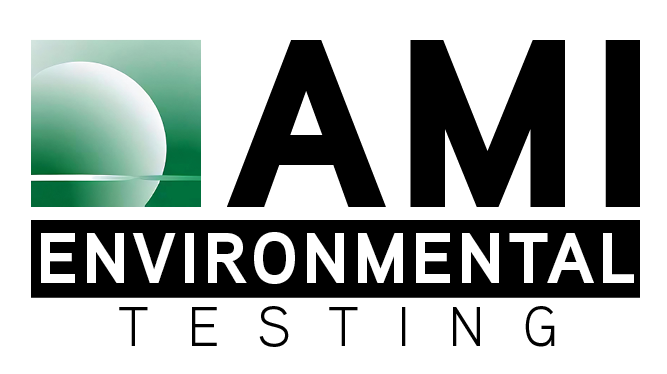Compact and tubular fluorescent bulbs contain hazardous metal mercury. Metallic mercury at room temperature is in a liquid form that can easily evaporate from liquid to a vapor. Mercury vapor is colorless and odorless. Fluorescent bulbs contain mainly mercury vapor, but fluorescent bulbs can contain small amounts of liquid mercury. Not taking the proper action to dispose of fluorescent bulbs or proper cleanup of broken bulbs could lead to serious health problems.
Mercury Exposure
If a fluorescent bulb accidentally breaks, mercury in the glass tube is released and a small amount of mercury vapor enters the air. The small amount of liquid mercury will fall to the ground, where it will evaporate to form a vapor. Workers who are near or around the exposure will be the people who are primarily exposed by breathing in vapors. Exposure can also occur by skin contact. Work processes that involve breaking or crushing fluorescent bulbs can expose workers to mercury. People who are at the most risk are workers who operate machinery where fluorescent bulbs are being disposed of. Workers who operate drum-top crushing machines or fluorescent bulb recycling machines can be exposed when:
- Bulbs are accidentally broken outside the machine.
• The machine’s air filtration system is not working properly.
• The seals on the machine are broken or missing.
• The machine is opened for servicing.
• The crusher unit is removed from the top of a full drum.
The OSHA permissible exposure limit (PEL) for mercury is a ceiling limit of 0.1 milligrams per cubic meter of air, which is currently enforced on a weighted average eight hour work day (the assumed normal work day). Some other organizations suggest lower exposure levels. The National Institute for Occupational Safety and Health (NIOSH) recommends that exposures to mercury metal be limited to an average of 0.05, 0.1 mg per cubic meter of air over a 10-hour workday, in addition to a ceiling limit of 0.1 mg per cubic meter of air. The American Conference of Governmental Industrial Hygienists (ACGIH) recommends that metallic mercury exposures be limited to an average of 0.025 mg per meter of air over an 8-hour workday.
At AMI Environmental, our job is to help organizations create a safe work environment in full compliance with government regulations. In doing so, our clients not only avoid lawsuits and potential disasters but also have the peace of mind that comes with knowing their building occupants are protected from possible harm. Our team works with your organization to establish and maintain compliance, including surveying your facility for risk; providing testing within your facility; maintaining testing protocol; and helping to streamline the record process. For more information or to request a complimentary consultation, please contact Doug Marshall at [email protected].



